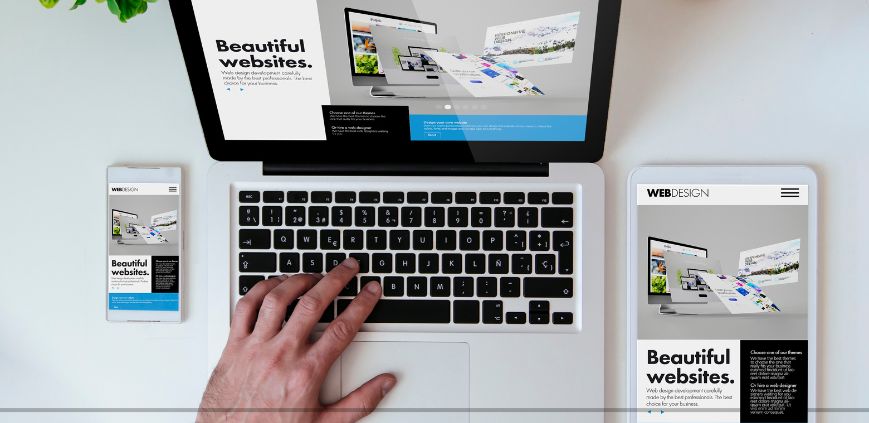The Best CMS Platforms for Effortless Web Design
In web design, it's important to keep your website’s content updated and easy to manage. Content management software (CMS) helps with this. A CMS lets you create, change and manage your website’s content without needing to be a tech expert. Here’s why a CMS is important for web design and how it can make your website better.
What is Content Management Software?
Content management software is a tool that helps you handle your website’s content from a central interface. It enables you to build and manage your website’s pages, blog posts, images and other media easily. Popular CMS platforms include WordPress, Joomla and Drupal, among others.
Why Use Content Management Software for Web Design?
Ease of Use
CMS platforms are designed to be user-friendly, allowing even those with little technical expertise to create and update website content. This means you can focus on designing and improving your site without needing to write code.
Customization
Many CMS platforms offer a range of themes and plugins that let you customize the look and functionality of your website. Whether you want a sleek modern design or a more classic look, a CMS can help you achieve it.
Collaboration
Content management software allows multiple users to collaborate on website content. Team members can work on different parts of the site simultaneously, which streamlines the content creation and editing process.
SEO Tools
Most CMS platforms come with built-in SEO tools or plugins that help optimize your site for search engines. This includes features for adding meta descriptions, keywords and improving site performance.
Content Organization
A CMS helps keep your content organized. You can categorize posts, manage media files and schedule content to be published at specific times, which makes content management more efficient.
Scalability
As your website grows, so can your CMS. Many platforms are scalable and can handle an increase in content and traffic without compromising performance.
How to Choose the Right CMS for Web Design
Ease of Use
Look for a CMS with an intuitive interface. You should be able to navigate the platform easily and find the tools you need without a steep learning curve.
Customization Options
Choose a CMS that offers flexibility in design and functionality. The ability to install themes and plugins is crucial for creating a unique and functional website.
Support and Community
A CMS with a strong support system and active community can be very helpful. Look for platforms with good documentation, forums and customer support.
Security Features
Ensure that the CMS you choose has robust security features to protect your website from cyber threats. Regular updates and security patches are essential.
Performance
The CMS should be capable of handling your website’s traffic and content efficiently. Consider platforms known for their performance and reliability.
Popular Content Management Systems
WordPress
One of the most popular CMS platforms, WordPress offers a wide range of themes and plugins. It’s known for its ease of use and flexibility.
Joomla
Joomla is a versatile CMS with strong content management features. It’s suitable for building complex websites with multiple content types.
Drupal
Drupal is known for its powerful and customizable features. It’s ideal for developers who need a highly flexible CMS for large-scale websites.
Squarespace
Squarespace provides an all-in-one solution with built-in design templates and hosting. It’s user-friendly and great for visually appealing websites.
Streamline Your Web Design
Content management software is a vital tool for web design, offering ease of use, customization and efficient content management. By choosing the right CMS, you can streamline the process of building and maintaining your website, allowing you to focus on creating great content and engaging your audience.
